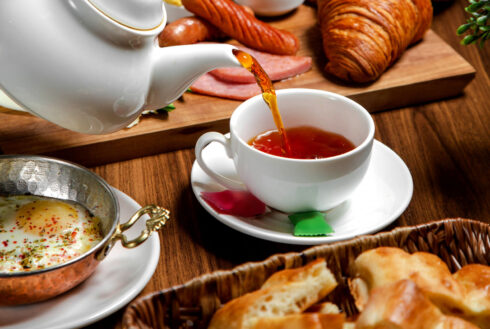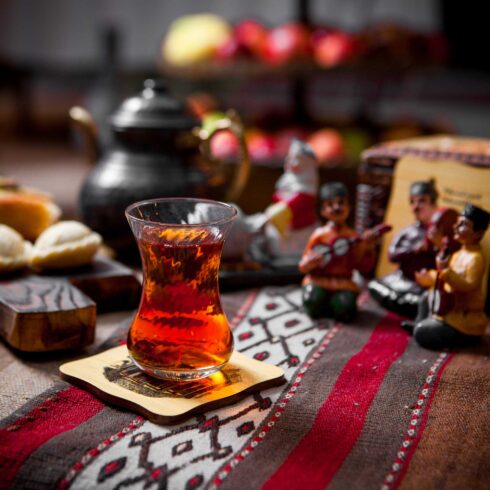When it comes to tea, both Turkey and England have their own unique customs and rituals that have been passed down through generations. In this article, we will explore the fascinating Turkish tea culture and compare it to the traditional tea customs of England. Get ready for a delightful journey through the world of tea!
Turkish Tea Culture:
In Turkey, tea holds a special place in the hearts of its people. The traditional Turkish tea, known as “çay,” is a black tea that is brewed strong and served in petite tulip-shaped glasses. It is an integral part of Turkish hospitality and a symbol of socialization and friendship. Turkish tea is prepared using a two-tiered teapot called a “çaydanlık,” with the top section for brewing the tea and the bottom section for boiling water.
One fascinating aspect of Turkish tea culture is the tea gardens, or “çay bahçesi,” where friends and family gather to enjoy cups of tea while engaging in lively conversations. These tea gardens are social hubs where people come together, relax, and savour the aromatic flavours of çay. The tea is often accompanied by traditional Turkish delights or pastries, adding a delightful touch to the experience.
English Traditional Tea Customs:
Meanwhile, in England, tea is a deeply ingrained part of the cultural fabric. The English take their tea seriously and have established intricate rituals around its preparation and consumption. The quintessential English tea experience involves the serving of black tea, typically in fine china teacups, accompanied by an assortment of tea sandwiches, scones with clotted cream and jam, and delectable pastries.
The traditional English afternoon tea is a cherished ritual, often served in elegant tearooms or even private homes. The tea is steeped in a teapot, and each cup is poured separately, allowing the tea to be enjoyed at the perfect strength. Milk and sugar are common additions to English tea, allowing individuals to tailor their cups to their personal tastes.

Comparing the Customs:
While both Turkish and English tea cultures embrace the art of tea drinking, they differ in several intriguing ways. Turkish tea is typically served without milk, and sugar is added to taste if desired. The tea is strong and flavorful, meant to be sipped slowly and enjoyed throughout the day. In contrast, the English prefer their tea with milk and often add sugar, highlighting the country’s affinity for a milder, more soothing tea experience.
Another distinction lies in the social context of tea consumption. Turkish tea is often shared in groups, fostering a sense of community and conviviality. On the other hand, English tea ceremonies, such as afternoon tea, can be more formal affairs, steeped in tradition and elegance.

Conclusion:
Tea transcends borders and cultures, providing a warm and comforting beverage that unites people worldwide. The Turkish and English tea customs exemplify the diverse ways in which tea is cherished and enjoyed. Whether you find yourself sipping çay in a bustling tea garden in Fethiye or indulging in an afternoon tea in a quaint English tearoom, the experience is sure to delight and leave you with a newfound appreciation for the art of tea.
So, whether you prefer the strong and invigorating Turkish çay or the refined and ceremonious English tea, one thing is for certain: the cultural significance of tea is a testament to its ability to bring people together, fostering connections and creating moments of pure bliss.
Explore more articles on our website, www.fethiyeislam.com, as we continue to unravel the fascinating intersections between culture, traditions, and Islam.
Happy sipping!
Hamza
Writer, www.fethiyeislam.com















